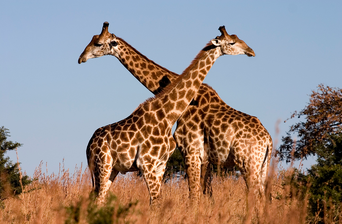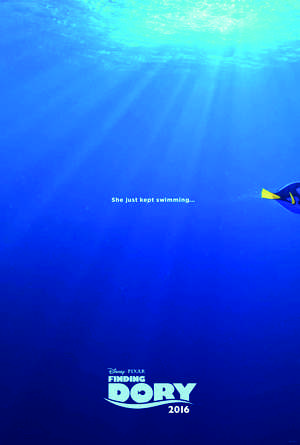Recently the euthanization of a healthy two year old giraffe in a Danish zoo caused an outrage across all forms of media. Due to unfavorable coverage of the event, with some key details left out, many people were misled and angered. ‘Why would an animal be needlessly slaughtered?’ some asked, ‘What zoo just kills animals randomly like that?’ asked others. With the information presented, it seemed to be a useless act of violence. This moral uproar could very easily be quelled with an objective presentation of the situation.
In an interview with Chief Zookeeper of the zoo in question, Bengt Holst, the decision is explained very rationally. In an effort to protect the future giraffe population of a UN Breeding Program that is making efforts to help the species, the two year old giraffe was killed to avoid inbreeding within the group. Though it may seem cruel, this was done to ensure that in the long term the posterity of the animals would not be subject to diseases and genetic issues that could have otherwise been avoided.
“[Killing the giraffe] is just like a vaccination, actually. It hurts when you get the needle but it’s actually in order to ensure a better life after the vaccination so you don’t get all the diseases,’ says Holst.
There was considerable disgust over the public autopsy of the animal as well, which, not surprisingly, is also easily aussaged by the rationale of the breeding program. The autopsy of the animal was meant to educate the public and form interest in science, animals, and the protection of these and many other species. The remains of the giraffe were fed to the zoo’s lions so as not to put the meat to waste. Ultimately, it’s just the logical thing to do.
So the euthanization of the giraffe was not cruel or uncalled for and had a very benign purpose overall. Assuming Holst and the breeding program know their stuff, which as professionals it can be well assumed they do, the ‘scandalous’ act will benefit the population in the future.







